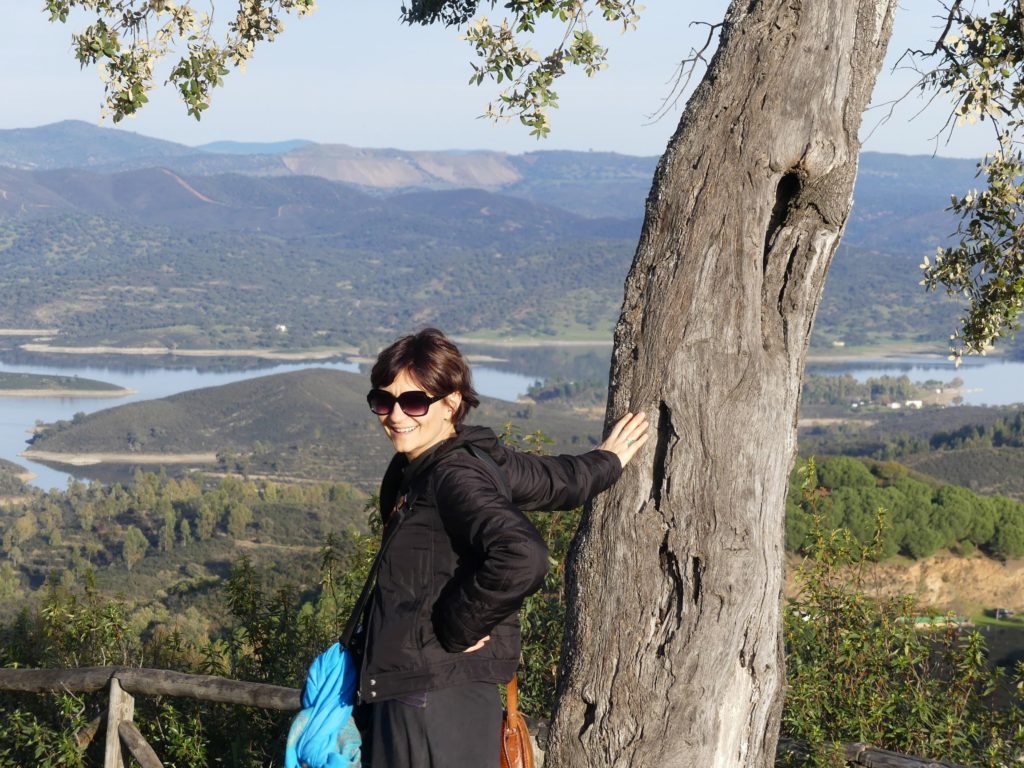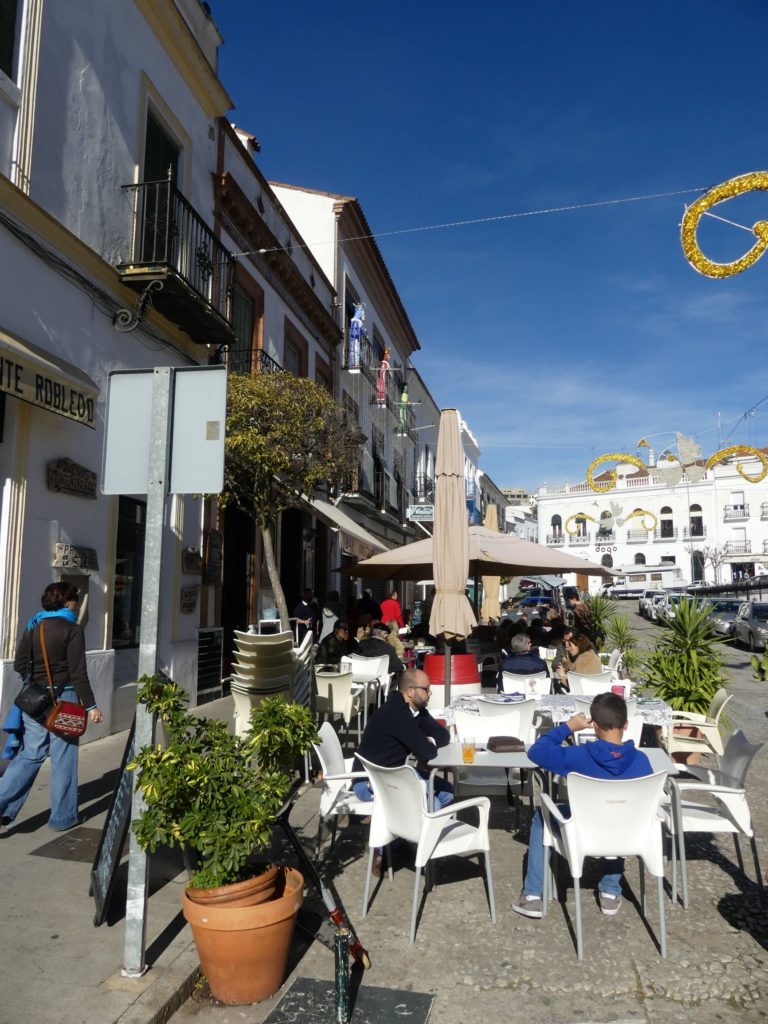Want to really take some serious ‘time out’ and escape the stress and hassle of modern capitalist living? If so, then Andalucia’s Sierra Morena (Dark Mountains) might be just the ticket!
The Sierra Morena isn’t spectacular in an ‘awesome’ sense that would describe Spanish mountain ranges such as the Picos de Europa, Pyrenees or the Sierra Nevada. This is an area of continuous hills- rarely reaching 1000m in altitude- that form the northern border of Andalucía where it meets the high plain of Extremadura. The mountains stretch from Portugal through to Cordoba and Ubeda. Perhaps because of their lack of height the mountains are not well-known, even among many native Andalucians, but this is one of Iberia’s wildest and most unaltered corners.
It’s an area that offers a gentle beauty and some of Spain’s highest levels of biodiversity. The Sierra is the main stronghold for the critically endangered Iberian Lynx, now beginning to recover its numbers with help of intense conservation efforts after coming close of extinction only a few years before. The Sierra Morena can also lay claim to being the last region in southern Spain where the Iberian Wolf still howls- a handful still survive in these remote parts. It’s a paradise for birdwatchers, where rare species such as Black Vultures, Spanish Imperial and Booted Eagles can be seen, along with Black Storks, Hoopoes and Bee-eaters.
We chose to visit the area around Aracena, about an hour’s drive North West from Sevilla, close to the Portuguese border. We had rented out a room in a ‘casa rural’, the ‘La Casa del Cura’ in the tiny and lovely little village of Corteconcepcion, a picture-perfect little hamlet in between Aracena town and the region’s reservoir. It’s truly a tiny, back of beyond sort of spot where goats, pigs and dogs seemed to far outnumber people. The noise that wakes you from sleep in the morning is the gentle clanging of goats’ bells, rather than traffic of any kind! The town is nestled in amongst gently rolling hills of cork oaks and chestnut trees. It seemed like much of the area hadn’t changed since the middle ages. It really was a great place to unwind and ‘get away’ from it all – in this case the massive hype and commercialism that dominates around the Christmas period.
This whole region is protected within the Parque Natural Sierra de Aracena y Picos de Aroche, a UNESCO Biosphere Reserve. What struck me as we drove north on our approach and left the Guadalquivir valley behind was how quickly the hills became green and verdant again after the intensely cultivated plain surrounding Sevilla. Even in the middle of winter meadows were covered in flowers. Trees like the ancient ‘Ents’ from Lord of the Rings, were shrouded in thick robes of ‘old man’s beard’, especially in shaded valleys. With the drystone walls dividing up everyone’s land it sometimes felt more like Wales than Spain.
We had a room with a balcony, looking north to the Aracena Reservoir, some 5 kilometres distant. On many mornings a cloak of clouds hung over the lake, concealing the water from view but presenting a lovely image. There’re loads of fairly well-marked hiking trails through the area, trails which I’d love to come back to and explore, but with only four days on our hands we decided to make the most of Micky (our car!) and see as many villages, castles and ‘sights’ as possible.
On the first day we headed out for Aracena itself, a pretty, bustling town that is really the ‘capital’ of the whole region. Aracena sits in the wooded valley, presided over by an impressive Castle and 13th Century Church, the Iglesia de Castillo. Both are worth visiting, with interesting guided tours being given and the views they provide over the surrounded area are worth the trip in itself.
The true highlight of our trip to Aracena though was the amazing caves of the ‘Gruta de las Maravillas’. It’s an attraction that truly lives up to the title and is one of the most spectacular cave systems that I’ve ever visited (unfortunately photography isn’t allowed to protect the cave – so no photos here, sorry!). The guided tour into the caves takes you on a 1km hike through 3 levels of caves, with both tight squeezes and vast cathedral like chambers on route. The stalagmite and stalactite formations are awesome, and there’s a beautiful, crystal clear underground river and pools to admire as well! It’s easy to see why the caves were used in classic movies such as ‘Journey to the Centre of the Earth’ and ‘Clash of the Titans’.
Finally, we visited the interesting Museo de Jamon, in the town centre, dedicated to the production of the region’s legendary ‘Jamon Iberico’, famous as Spain’s best! More on the famous black pigs later.
If you’re planning on filling your day and visiting all these different attractions you can get a ‘combined ticket’ for a much cheaper price than if you bought them individually. After a hard day’s ‘touristing’ it was time to head into the town to the elegant Plaza de Marques de Aracena for a drink and a delicious chocolate cake (it was Christmas after all!), before heading back to Corteconcepcion to chill for the evening.





